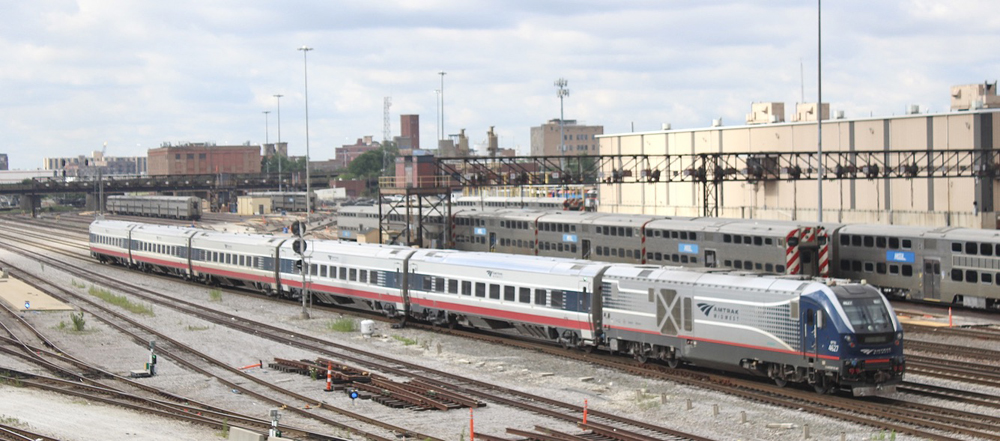
CHICAGO — The current heat wave in the Midwest and East is bringing operational impacts for Amtrak and commuter rail systems.
Amtrak last week issued a “fact sheet” on how it responds to high heat, noting that restrictions are issued when ambient temperatures exceed 95 degrees or track temperatures reach 128 degrees. Temperatures have reached that point in portions of the Midwest today (Saturday, June 21), leading the passenger operator to issue an advisory that trains operating between Joliet, Ill., and St. Louis face delays of up to 90 minutes because of heat-related speed restrictions until 10 p.m.. Sunday’s forecast calls for temperatures of 95 and above over a large portion of the Midwest and Northeast, so more widespread restrictions are likely.
Amtrak notes those restrictions also affect commuter and freight operators on Amtrak-owned trackage, so commuter lines on the Northeast Corridor could also be affected. Maryland’s MARC has already issued an advisory that it will modify schedules next week on its Penn Line — using the Northeast Corridor between Washington, D.C., and Perryville, Md. — cancelling its 6 p.m. train from Washington Union Station “to provide contingencies in the event of an equipment failure in severe heat.”
Check websites and social media for Amtrak and commuter operators for the latest updates.






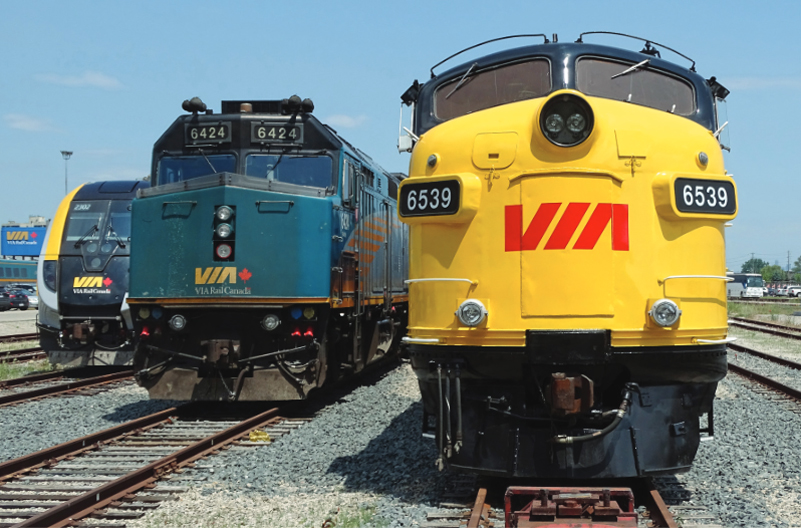
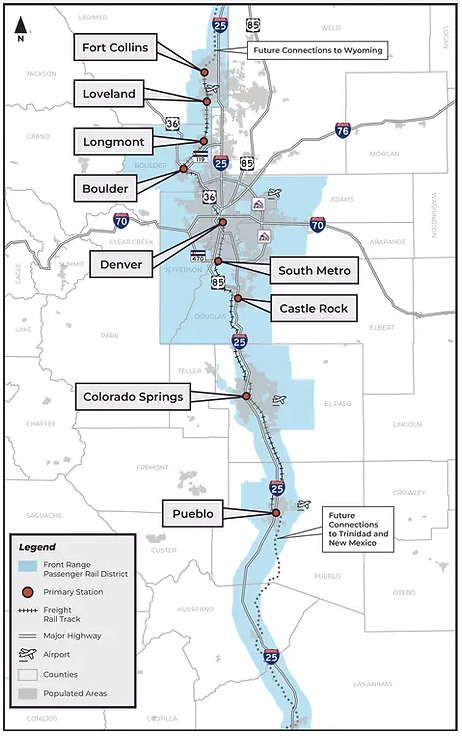
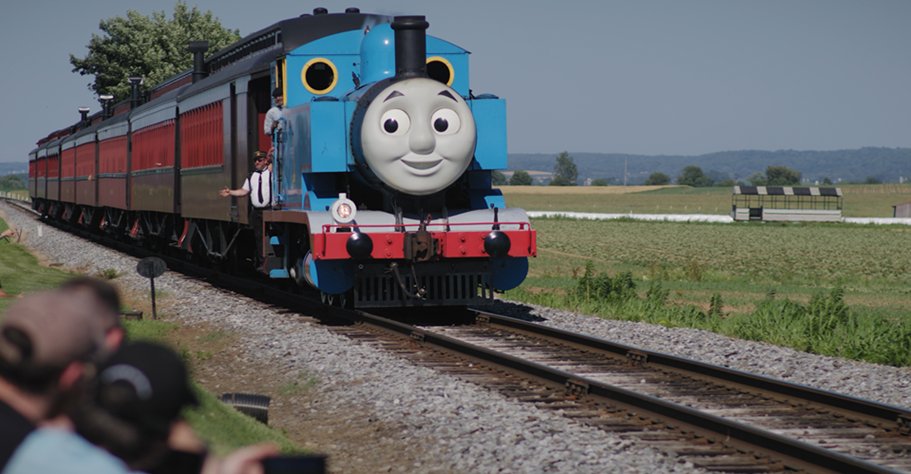

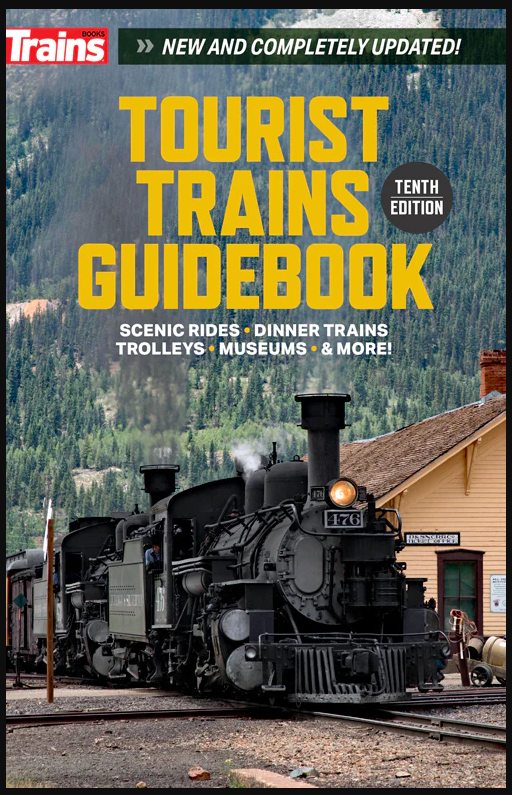
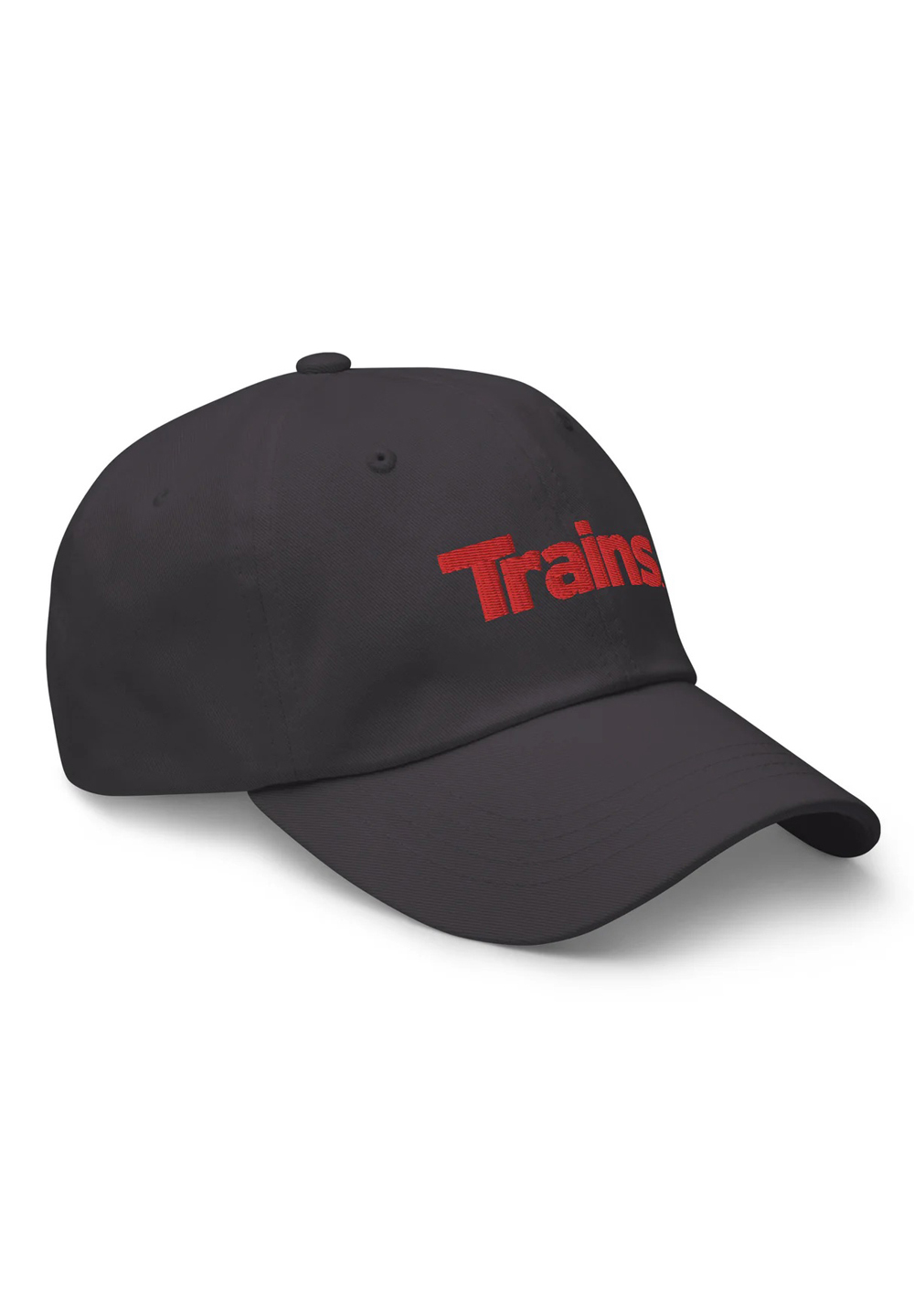
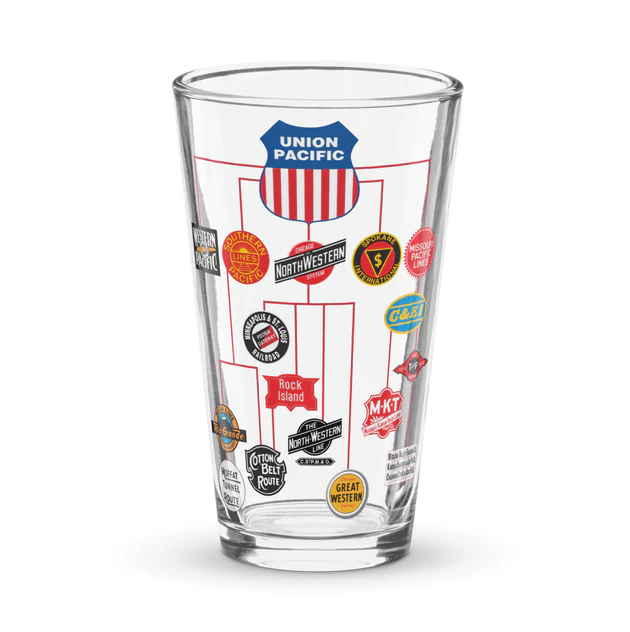
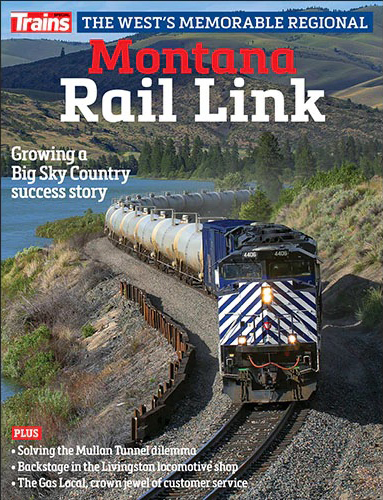
It should also be noted that, under the influence of high heat, the moving parts of railroad bridges can be affected by metal expansion, which potentially prevent them from opening and closing properly.
Dr. Güntürk Üstün
Most movable bridges and many fixed bridges on main line railroads have expansion joint rails placed at either end to compensate for variations in rail temperature. This technology has been around for probably a hundred years.
Mr Thompson.: You are probably thinking of the Miter rails . They do take care of the running rails. However, what cannot be taken care of is the steel in a bridge. Bridge designs can be different and not able to mitigate the excessive expansion especially moveable bridges. I cannot even speculate which type of bridge is most prone to expansion problems. Swing, Bascule, lift, or others.
The ties on the bridges usually float on the steel deck. Therefore the bridge expansion or contraction has little effect on the track. But rail expansion will. Especially on movable bridges. Thus the expansion or miter joints.
Extremely high temperatures can also cause overhead wire problems as wire expands. Very little of the NEC has constant tension catenary, so much is vulnerable.
That’s right… Excessive heat is likely to deform the railroad track and lead to the deterioration or even the tearing of the overhead power wires (As is known, Amtrak trains operating on the Northeast and Keystone Corridors rely on this catenary system, and heat-related tension can sometimes cause components to fail).
Dr. Güntürk Üstün
Amtrak has owned the NEC for maybe 50 years. They should have remedied this problem by now.
You got heat you got heat. If the tracks are hot we don’t run trains. Heat causes kinks everyone knows that including model railroaders it is best for Amtrak to stand down if they have heat on the rails.
Let’s note that, when the rail temperature reaches 131 ºF / 55 ºC, the maximum speed the train can travel at is 100 mph, according to Amtrak. When the rail temperature reaches 140 °F / 60 °C, the maximum speed for the train is 80 mph.
Dr. Güntürk Üstün
That’s ridiculous Aaron. Trains, including passenger trains have run in the heat since the invention of the steel wheel on steel rail. Did railroads back before Amtrak shut down or even slow passenger operations when the weather wasn’t perfect. Not often. Amtrak it seems is always on the lookout for a reason to slow or cancel trains. It looks to me like they are trying to go out of business.
Can’t run a train if it’s hot, or if it’s cold, or if it snows, or if it doesn’t have enough axles.
Necessarily true…
Dr. Güntürk Üstün
Exactly Charles. Passenger rail in the U.S. has somehow managed to regress over the decades even with the advent of technology. Pathetic at best.
As a physician, I would like to remind interested readers-commentators of the fact that our bodies need more spring water (with a pH level of 7 to 8) in extremely hot weather, whether you are on a train journey or not.
Dr. Güntürk Üstün